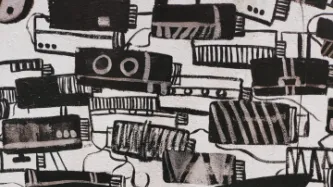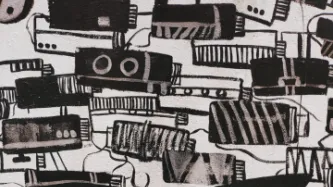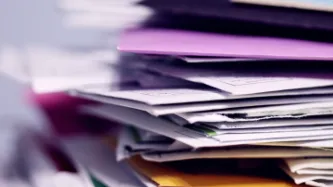Search
Content type: Examples
Content type: Examples
Content type: Examples
Content type: Examples
Content type: Examples
Content type: Examples
Content type: Examples
Content type: News & Analysis
Content type: News & Analysis
Content type: News & Analysis
Content type: Examples





